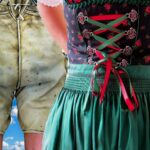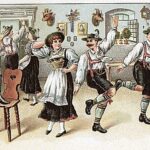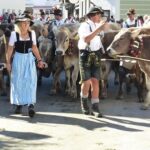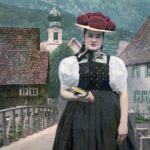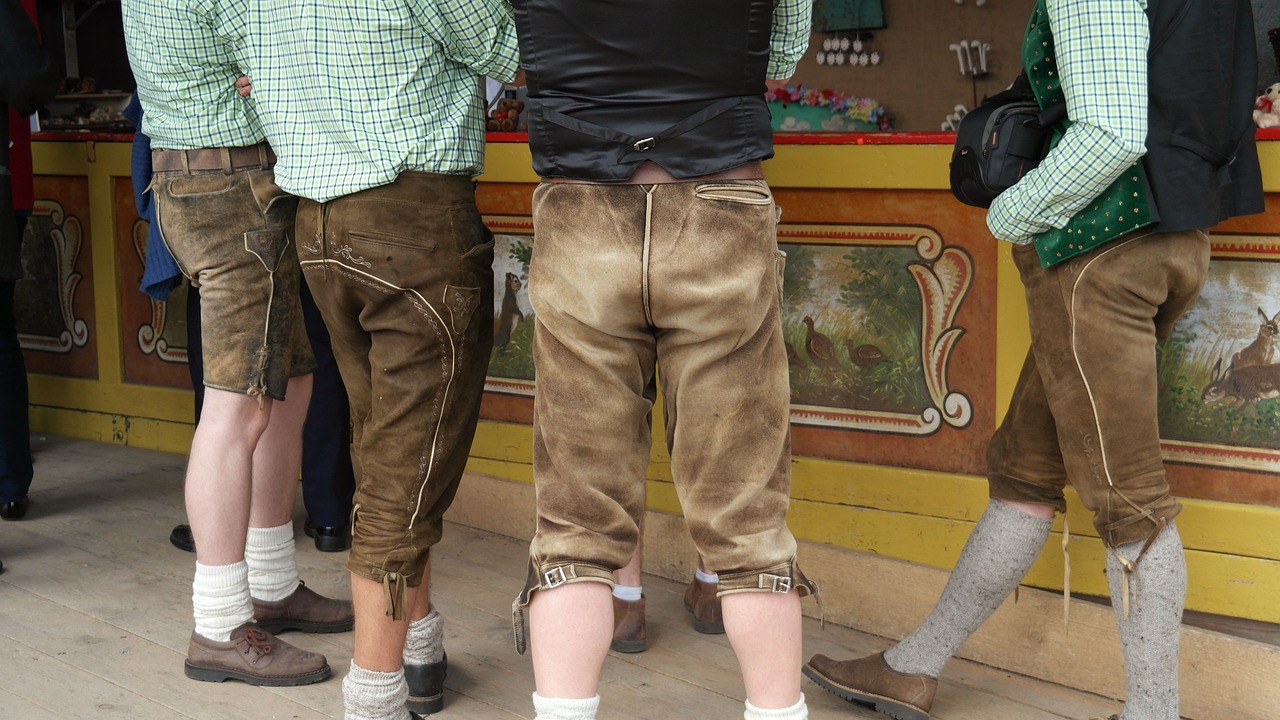
The history and traditions of Lederhosen are deeply rooted in the cultural fabric of Bavaria and the Alpine regions. This article delves into the origins, evolution, and customs associated with Lederhosen, showcasing their significance beyond mere attire to a symbol of heritage and pride.
Lederhosen, the traditional leather trousers worn in Bavaria and surrounding Alpine regions, have transcended their utilitarian origins to become an emblem of Germanic culture and festivity. Synonymous with Oktoberfest and regional festivities, Lederhosen’s journey from workwear to cultural icon encapsulates centuries of history, tradition, and social evolution.
The Origins of Lederhosen
The inception of Lederhosen dates back to the early 18th century, initially serving as robust attire for peasants and laborers in Bavaria, Austria, and the Alpine regions. Made from durable leather, these knee-length trousers were designed to withstand the rigors of agricultural and outdoor work. The practicality of Lederhosen, equipped with suspenders and a drop-front flap, offered ease of movement and adaptability to the wearer, making them an indispensable part of rural work attire.
Evolution and Regional Variations
As Lederhosen gained popularity, they began to reflect local customs and craftsmanship. Variations in length, design, and embellishment emerged, signifying the wearer’s region, occupation, and social status. Shorter Lederhosen, reaching just above the knee, became favored for everyday wear, while longer versions, extending to the calf, were reserved for formal occasions and colder weather.
Distinctive features such as embroidery, which often depicted regional flora, fauna, or crests, added a personal and communal identity to the attire. The artistry involved in crafting Lederhosen elevated their status from mere clothing to a symbol of regional pride and heritage.
The transformation of Lederhosen into festive attire is closely linked to the rise of Volksfeste (folk festivals) in Bavaria, most notably Oktoberfest. What began as a royal wedding celebration in 1810 evolved into an annual festival celebrating Bavarian culture, beer, and traditions. Lederhosen, paired with the traditional checkered shirts, woolen socks, and Haferl shoes, became the de facto attire for men attending these celebrations.
The resurgence of Lederhosen in the 19th and 20th centuries reflected a broader cultural movement towards romanticizing rural life and traditions. This period saw a revival of folk music, dance, and attire, with Lederhosen at the heart of this cultural renaissance. The adoption of Lederhosen by the urban populace for festive occasions underscored their transition from workwear to a cherished cultural emblem.
Contemporary Significance
Today, Lederhosen continue to be a potent symbol of Bavarian identity and tradition. Their wear at Oktoberfest and other cultural events is not merely a nod to history but a vibrant expression of regional pride. Beyond Bavaria, Lederhosen have garnered international recognition, often representing German culture as a whole to the global audience.
Modern iterations of Lederhosen blend traditional craftsmanship with contemporary fashion, ensuring their relevance and appeal to younger generations. This fusion of old and new underscores the dynamic nature of cultural traditions, adapting to changing times while retaining their core significance.
Lederhosen as Cultural Heritage
The enduring appeal of Lederhosen speaks volumes about the importance of preserving cultural heritage. They embody a connection to the past, a sense of belonging, and a celebration of regional identity. Efforts to maintain the traditional craftsmanship of Lederhosen, including the skills of leatherworking and embroidery, are vital in keeping this cultural legacy alive.
The history and traditions of Lederhosen illustrate the rich tapestry of Bavarian and Alpine cultures. From their humble beginnings as workwear to their esteemed place in festive celebrations, Lederhosen have traversed a remarkable journey. They stand as a testament to the enduring nature of cultural traditions, evolving with time yet remaining steadfast symbols of identity and pride.
In celebrating Lederhosen, we celebrate more than just attire; we honor a way of life, a history, and a heritage that continues to inspire and unite communities. As Oktoberfest and similar festivities carry on, so too will the legacy of Lederhosen, cherished by generations past, present, and future.
Related Articles:
Lederhosen & Dirndls: The History of Traditional German Clothing
The Rich Tapestry of German Traditions
A Glimpse from the Past: Traditional Bavarian Clothing
Traditional German Clothing – Dirndl and Lederhosen
